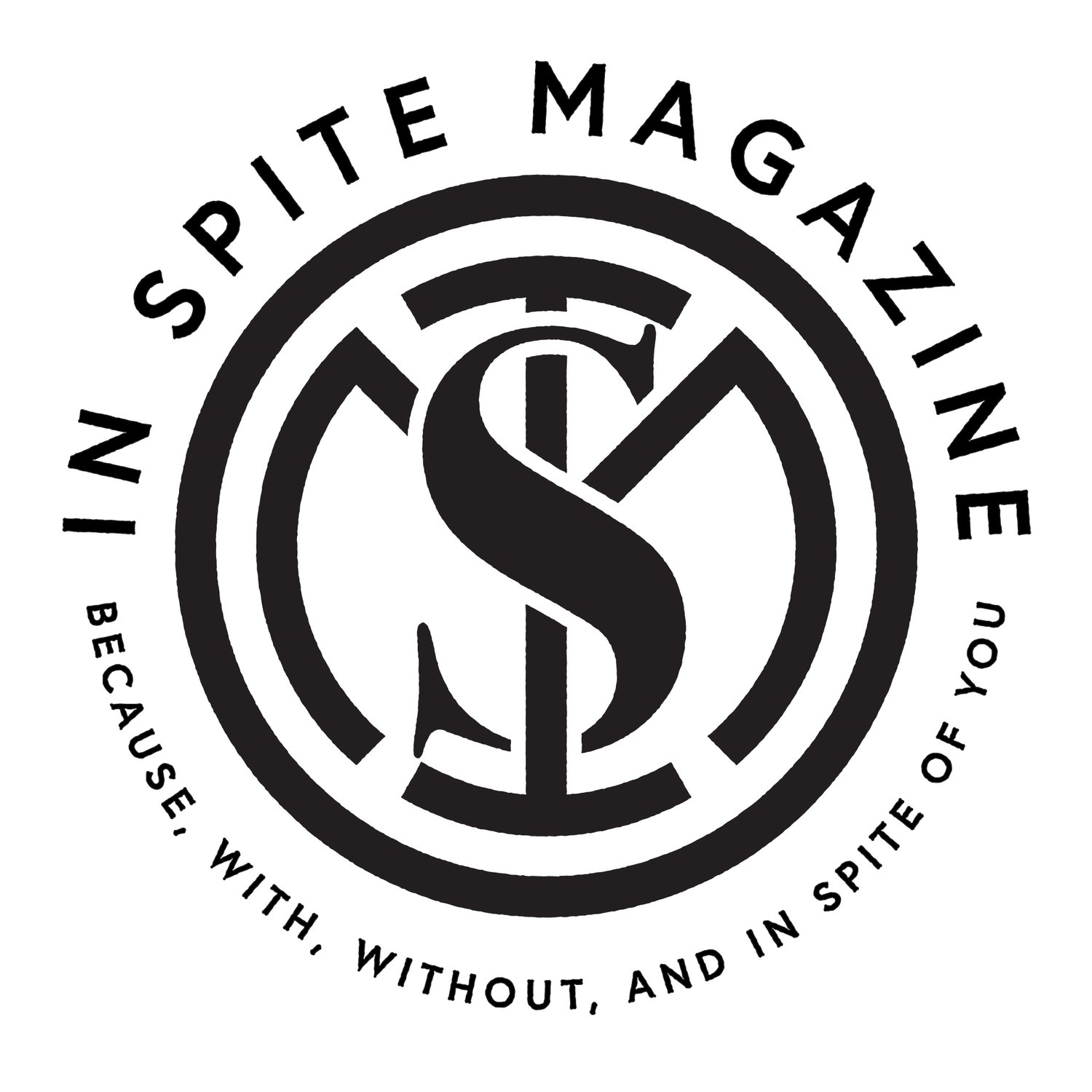Hamburg’s Harry’s Harbor Bazaar, the Costco of Oddities.
All photos courtesy of YS Kim
The Generation X punk remembers the days before cell phones or even the internet, when our wasted youth was spent at backyard punk shows and in bars too darkly lit to notice that our fake IDs came from some MacArthur Park check-cashing joint. We even played hopscotch over junkie needles to get there. Other nights, the go-to spot was a local coffee shop, where unpublished poets, high on Bukowski, stroked their newly grown ZZ Top beards and rattled off their latest work. And what played in the background of those dim-lit dens of caffeine and self-importance? Tom Waits—especially his 1993 freak-show anthem masterpiece, The Black Rider.
All photos courtesy of YS Kim
The album’s intro, Lucky Day Overture, was a gravel-throated assault, a circus ringmaster’s warning that strange things were ahead. “Ladies and gentlemen, Harry’s Harbor Bazaar is proud to present, under the big top tonight, HUMAN ODDITIES!” That line stirred visions of a death-metal Coney Island sideshow colliding with Pinocchio’s Pleasure Island. But never in my wildest imagination did I think it was an actual place. When I found out it was—a collection of oddities, exotic figurines, and shrunken heads—it immediately landed on my Oddities Bucket List.
Thirty years later, strung out from a night of dive-bar hopping in Hamburg’s Beatles-infused Red Light District, I figured nothing could sober me up better than a trip to Harry’s Harbor Bazaar. A Menudo of the Consciousness, if you will. Nothing wakes up a shrieking head like seeing a few shrunken ones.
I had pictured a Shanghai-ed alley opium den, something seedy and shadowy, but instead, the Bazaar stood inside a pristine, Newport Beach-esque crane ship, its hull gleaming from the reflection of the Elbe River. The cashier eyed me up and down and, with a strudel-thick German accent, greeted me with, “I bet you heard that Tom Waits song.” At that moment, I realized I had become that coffee shop mirror of my youth—minus the ZZ Top beard. (Being Asian, growing one would make me look too much like Pai Mei from Kill Bill Vol. 2—not ready for that yet.)
There was no carefully curated academic introduction to ease you in. The moment you stepped aboard this floating temple of the bizarre, you were assaulted by jam-packed rooms filled with shamanistic figurines, statues, and masks from Africa and Asia. Taxidermied animals grinned at you—a chimpanzee here, a moose there, a Fiji mermaid lurking in the corner. Harry’s wasn’t just a collection; it was a Costco of Oddities. I’ve been to plenty of small, precious oddities museums, the kind that serve as sanctuaries for goths, punks, and queerdos (I check all three boxes), but nothing hits like the sensory overload of Harry’s.
There was barely room to move. Still, as The Bunny Museum Lady in Pasadena (with her stockpile of bunny memorabilia) once told me when explaining why she wasn’t a hoarder, “There are clear pathways.” (NOTE: Due to the recent L.A. Fires, The Bunny Museum was burned down. Please go on their website, thebunnymuseum.com to help, if you can.) Indeed, there were clear pathways here—leading straight to the crown jewel: a corridor lined with shrunken heads. Some were kitschy recreations; others were very real, displayed in glass cases like prized meats in a butcher shop. It looked like an art school dropout and a Spirit Halloween employee had teamed up and gone feral.
Among the oddities were touching remnants of history: photographs of the original Harry’s Harbor Bazaar, founded in 1954 by Harry Rosenberg. Originally a novelty coin shop, it grew into this temple of the strange, surviving decades of ups and downs to now sit, rather poetically, near the glass-and-steel masterpiece of the Elbphilharmonie concert hall. The contrast was striking—the ultra-modern architecture of Hamburg, rebuilt after being leveled by Allied bombings in World War II, standing shoulder to shoulder with a relic of pure oddball curiosity.
Harry’s doesn’t shy away from its Tom Waits fame. Newspaper clippings about Waits’ visit during his German tour are proudly displayed on the walls. As I stepped out of this Overdose of Exotica, I was hit by the cold Hamburg air and the sleek, cutting-edge cityscape before me. Though Kraftwerk fans would champion this modernist rebirth, my vintage-loving heart had longed for something grittier—something more in tune with the world that inspired The Black Rider.
Still, Harry’s Harbor Bazaar delivered. And for that, I say, Thank you, Harry Rosenberg, for making this a truly Lucky Day Overture.











